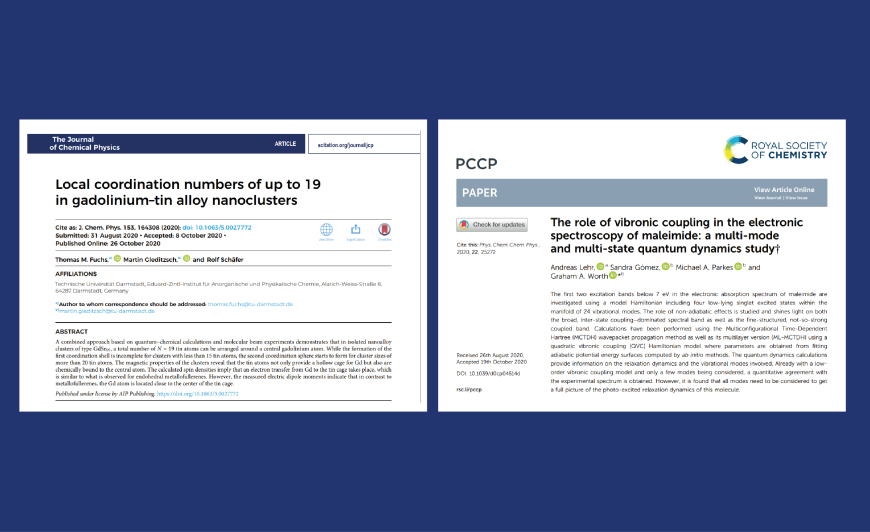Almost 100 years ago, Otto Stern and Walther Gerlach demonstrated the directional quantization of angular momentum by deflecting a silver atom beam in an inhomogeneous magnetic field. The conclusions from this experimental observation were groundbreaking for modern physics. However, the determined magnetic moments are subject to a relatively large inaccuracy in the range of a few percent. A much more precise method for the determination of magnetic moments of isolated particles was developed some years later with the molecular beam magnetic resonance (MBMR) method, which is basically an electron spin resonance experiment.
The Stern-Gerlach experiment, named after its inventors, is still used today to study the magnetic properties of metal clusters. However, resonance experiments could not be performed on heavy metal clusters until today, because the additional rotational and vibrational degrees of freedom facilitate spin relaxation which makes the measurement of spin resonance difficult or impossible. The discovery of superatomic clusters a few years ago, however, opens up new possibilities. For this reason, an apparatus for a resonance experiment is described in this publication. The magnetic fields were optimized by means of electrostatic simulations, so that magnetic field fluctuations could be minimized. Furthermore, the challenge of measuring spin resonance in pulsed molecular beams is discussed. The apparatus was successfully validated on an atomic europium beam. The Figure shows (a) an intensity profile of the molecular beam in the Stern-Gerlach experiment and (b) an electron spin resonance spectrum for two isotopes of europium.
Link to Publication









